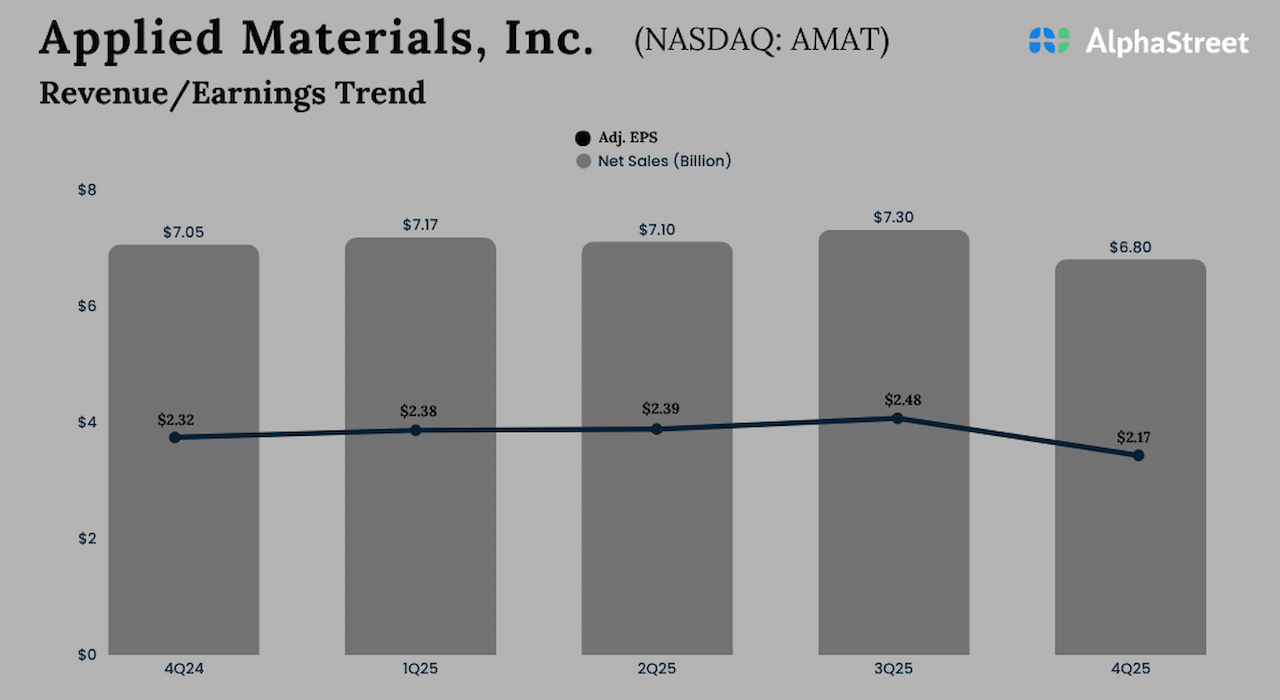First term versus second term tariffs, potential USMCA breaches, and more.
Volatility, aggression, and uncertainty. For many global trade professionals, these are the words that are likely top of mind when it comes to the current tariff environment under President Trump’s tariff plan.
Today, both international and domestic companies are finding themselves caught in a vortex of tariffs and counter-tariffs as President Trump has unleashed sweeping and, in many cases, unprecedented tariffs.
While the Trump administration remains steadfast in its position that President Trump’s tariff plan is an effective tactic to boost U.S.-based manufacturing, improve the trade balance, and, ultimately, increase federal government revenue, others are not so convinced. The concern among global trade professionals is growing.
In fact, a recent Thomson Reuters Institute survey of nearly 300 corporate global trade professionals revealed such concern over President Trump’s tariffs.
According to the survey, conducted online in March 2025, respondents from U.S.-based companies said they believe an average of 23% of their imports are at risk because of U.S.-imposed tariffs. Due to potential counter-tariffs imposed by other countries, these respondents believe an average of 26% of their exports could also be at risk. Respondents from foreign-based companies expressed similar sentiments regarding their imports and exports.
To better navigate the challenging trade environment, a growing number of global trade professionals are rethinking their sourcing patterns and turning to technology to help identify risks and map out strategies.
Unfortunately, a great deal of uncertainty still exists, and the trade environment remains in flux with a revolving door of on-again, off-again tariffs. What is clear is that President Trump’s tariff plan depicts a long-term shift in the U.S. approach to global trade, as noted by 76% of survey respondents.
This article explores how President Trump’s first-term tariffs compare with his second-term tariffs and provides global trade professionals with actionable tips on how they can stay up to date with the changing situation.
Jump to ↓
What is President Trump’s plan with tariffs?
What were Trump’s first term tariffs?
How are Trump’s second term tariffs different from his first term?
Is the USMCA still in effect?
What are the effects of the Trump-China trade war?
How can global trade professionals be prepared in uncertain times?
What is President Trump’s plan with tariffs?
As previously mentioned, President Trump’s tariff plan involves using tariffs as an economic tool to re-shore manufacturing, recalibrate the trade balance, and, ultimately, rake in trillions of dollars in federal government revenue.
While President Trump’s “America First” agenda is not exactly new, the inflection point came on April 2, 2025. President Trump proclaimed “Liberation Day” and imposed, under the International Emergency Economic Powers Act of 1977 (IEEPA), a universal 10% tariff on all countries. He also announced he would impose an individualized reciprocal higher tariff on the countries with the largest trade deficits, as well as those deemed unfair trade remedies applied to US goods (DST, VAT, AD/CVDs, etc.), but these tariffs have been paused until July 8.
As noted by the Center for Strategic and International Studies (CSIS), a bipartisan, nonprofit policy research organization, the announcement marked “the most sweeping tariff hike since the Smoot-Hawley Tariff Act, the 1930 law best remembered for triggering a global trade war and deepening the Great Depression.”
President Trump argued that the strict measures were necessary and that the nation’s economic security was in jeopardy. According to the administration, the trade deficit in goods exceeded $1.2 trillion in 2024 — a “national emergency” and “an unsustainable crisis.”
Peter Navarro, a White House economic adviser, has projected that the tariffs will generate $6 trillion in revenue over the next 10 years. However, this projection has been met with skepticism, and the toggling of on-again, off-again tariffs adds further to the uncertainty.
Since the “Liberation Day” proclamation on April 2nd, the flood of tariffs and counter-tariffs has shown little signs of slowing.
What were Trump’s first-term tariffs?
During President Trump’s first term, he used more traditional levers, imposing tariffs under Section 232 on imports of steel and aluminum products and under Section 301 on certain imports from China.
More specifically, in 2018, President Trump imposed a 25% tariff on steel and a 10% tariff on aluminum imports. He also imposed tariffs on solar panels and washing machines. Much like now, President Trump argued at that time that tariffs were necessary to fuel U.S. manufacturing and create more jobs.
“[First-term tariffs] were more targeted in that way, and it was also targeted, most specifically, on China, but it utilized the [Section] 232 and [Section] 301 tools for increasing tariffs and targeting tariffs,” said Andrew Moxon, Senior Product Marketing Manager at Thomson Reuters. “It was disruptive, but it was disruptive within a known scope. They also allowed for an exclusion process, which these new tariffs crucially do not.
Continued Moxon, “Once [the tariffs] were established and became part of how we were doing business and how the US government was pursuing trade, the Biden administration kept most of them on and continued to use those as levers.”
How are Trump’s second-term tariffs different from his first term?
President Trump’s second-term tariffs differ from his first-term tariffs in several significant ways. Not only are his second-term tariffs broader in scope, but his reliance on IEEPA to impose tariffs is unprecedented.
Noting the expansive scope of the tariffs, Moxon said, “The Trump tariffs in term #1 were not exclusive to China, but they were certainly very focused on China. … [Now], pretty much every country in the world is being hit with some tariff of some kind. Probably most notably, our closest and largest trade partners, Mexico and Canada, are receiving a significant focus.”
Added Moxon, “Adding to this, we also have the fact that these tariffs are incremental … so you can have over 100%, or considerably over 100%, when you calculate them up, and there are very few exceptions and exemptions. All of this leads to a massive increase in the scope of the tariffs and the impact on the global economy and the global supply chain.”
It is also important to be aware that the tariffs have been expanded to include additional steel and aluminum derivative materials, under two proclamations issued by President Trump in February.
“The derivative materials have to be accounted for, and so you have to understand that level of your supply chain for the purposes of paying duty. It has never been considered before, and so that creates a massive amount of complexity and uncertainty,” said Moxon. “… It is a huge point, especially for corporations that make complex finished goods that might have a lot of different parts to them. It is a real point of stress.”
Is the USMCA still in effect?
The United States-Mexico-Canada Agreement (USMCA), which President Trump signed into law in 2020 and is scheduled for a joint review in 2026, remains in effect. Barring any major changes, USMCA-compliant goods from Mexico and Canada are exempt from tariffs.
In a statement issued April 2nd, the Trump administration clarified that “USMCA compliant goods will continue to see a 0% tariff, non-USMCA compliant goods will see a 25% tariff, and non-USMCA compliant energy and potash will see a 10% tariff.”
More recently, the administration stated that, effective May 3rd, auto parts that comply with the USMCA are now exempt from the 25% tariffs imposed on imported auto parts.
However, that’s not to say that concerns do not exist.
“Levying tariffs on the partners that are signatory … is at least counter to the spirit of a free trade agreement. And it looks like there are going to be some court discussions and some arguments about whether or not it is in breach of the act that was negotiated and passed into law,” Moxon said.
What are the effects of the Trump-China trade war?
The trade war with China has been underway since the first Trump administration, when he imposed tariffs under Section 301 on select imports from China. However, the latest onslaught of harsher and more punitive tariffs has further escalated tension between the two countries.
Of notable concern is President Trump’s announcement that, effective May 2nd, goods from China, as well as Hong Kong, no longer qualify for the de minimis exemption. The de minimis entry allowed goods valued at or less than $800 to enter the United States duty-free and exempt from import taxes.
According to Thomson Reuters Institute research, the repercussions could be significant. More than 90% of packages arriving in the United States enter through de minimis entry ports, with around 60% coming from China alone.
Furthermore, 65% of respondents said they think the elimination of de minimis as an entry option will have a high or moderate impact on their imports.
As impacted companies explore alternative options, including origin engineering, classification engineering, and near-shoring, they are also coming to terms with the consensus that the escalating trade war has altered the relationship between the United States and China.
“What has happened now is a real escalation,” said Moxon. “It has fundamentally changed the trade relationship between those countries. It is very much a chilling effect. There are a lot of supply chains that include China.”
How can global trade professionals be prepared in uncertain times?
There’s no denying that the tariff environment has experienced swift and drastic change in a short period of time, leaving many global trade professionals reeling from the deluge of changes. That’s why it has never been more important to have access to reliable sources of regulatory global trade content and analytics.
“It really cannot be overstated the importance of having a reliable source of data,” said Moxon. “Global data is changing at a furious pace.”
To keep up, companies should ensure they have access to current global trade and tariff news, like with Thomson Reuters ONESOURCE Global Trade Content. Manage data for every country your organization does business in with ease. From a central repository, you can reference a wide range of global trade content – including tariff schedules, trade agreement rules of origin, import and export controls (OGA/PGA), and more.
Global trade professionals should also leverage an automated system with accurate classification codes and duty rates to stay compliant. Thomson Reuters ONESOURCE Global Classification automatically compares unique information, such as product attributes, weights, measures, trademarks, Chemical Abstracts Service (CAS) codes, etc., with the WCO Harmonized System (HS) database. Reduce the time and resources spent on product classification with ONESOURCE.


.jpg)

























